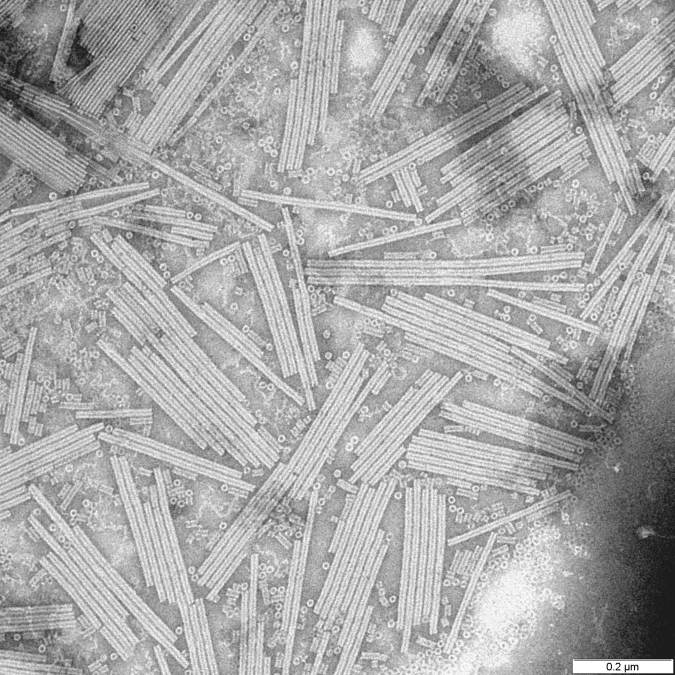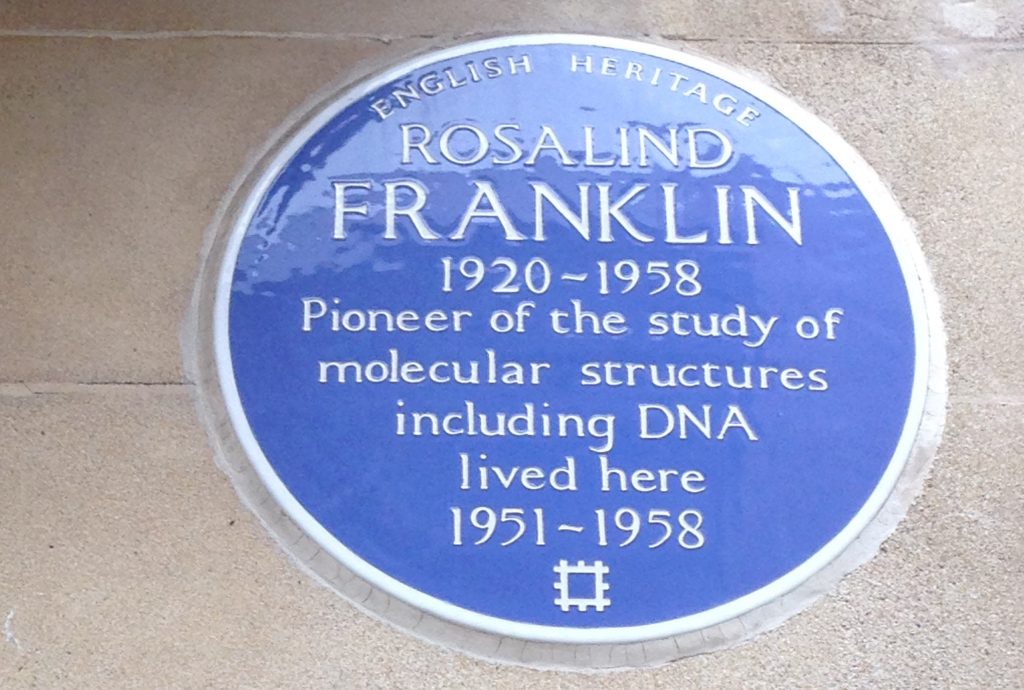L’Deoxyribonucleic acid, better known as DNA, is a biological macromolecule that is present in most living cells. Indeed, even in viruses, the DNA contains all of the genetic information of the being called “genome”. DNA therefore allows the development, functioning and production of living beings. It is also through DNA that genes are transmitted from parents to children. Moreover, we owe this discovery to Rosalind Franklinthe pioneer of molecular science.
The biography of Rosalind Franklin
Rosalind Franklin was forgotten by society because she was a woman. Moreover, at that time, only about 5% of women were able to graduate compared to 95% of men. Higher education was not for everyone and most parents did not want their children to do it. Rosalind had chosen to travel the realm of science. She therefore became an inspiration to women because, in 1945, she obtained her doctorate in physics and chemistry from the University of Cambridge. Unfortunately, she did not get the Nobel Prize for her discovery, the prize having been awarded to her colleagues.
Rosalind Elsie Franklin was born on July 25, 1920 in the London Borough of Notting Hill. She was from a British Jewish family. She is the daughter of Arthur Ellis Franklin and Muriel Frances Waley. Her father was a London merchant and Rosalind was the youngest. She had four siblings: Jenifer Glynn, Roland Franklin, Colin Franklin and David Franklin.
His school career
Rosalind came from a bourgeois family. She could therefore access a more privileged education. She had her secondary education at St Paul’s Girls’ School. Subsequently, she joined Newnham College where she continued the study of chemistry tripos in 1941. When World War II broke out, she continued her coal studies in association with the British Coal Utilization Research Association . At the same time, she held the position of ARP guard in London.
In 1945, she obtained her doctorate in physics-chemistry at the institution of Cambridge. His doctoral work was to study the porosity of carbon structures. In 1947, she acquired the position of researcher at the CNRS, continuing her research on carbon. She carried out her research at the central laboratory of the State Chemical Services, and therefore used the techniques of X-ray diffractometry. This allowed her to discover the amorphous structures of carbon.
An extraordinary journey
In 1950, John Randal proposed to him to create a laboratory which would be specialized in the diffractions of X-rays. By associating, their goal was to analyze the structure of DNA. This study was carried out at King’s College London. A year later, she accepted the job, and was working there with physicist Maurice Wilkins. She was able to separate Form B from Form A, thanks to humidity control. The two scientists closely observed the evolution of DNA when it was in contact with humidity or dehydrated. However, Rosalind questioned the work established by Maurice Wilkins and James Dewey Watson, the latter having also studied the structure of DNA at the University of Cambridge.

So it was Rosalind and Raymond Gosling who discovered the double helix structure of DNA, but this discovery was finalized by James Dewey Watson and Francis Crick in 1953. Unfortunately, Watson and Wilkins were not on good terms at the time. point where the team was divided, Watson and Crick on one side and Wilkins on the other. Everyone wanted to publish their discovery separately from the others. But Rosalind Franklin disagreed. She had agreed with them to publish their research in the same issue.
After the dispute that pitted her against her former college comrades, she joined Birkbeck College in March 1953. She then joined the department of John Desmond Bernal. With her knowledge, she used the crystallography technique on viruses to detect their structure. For this, she partnered with Aaron Klug and collaborated with many laboratories in the United States to conduct research on viruses.
His last years
Still in the field of science, the unfortunate Rosalind Elsie Franklin was robbed of two Nobel Prizes. The first concerning his work on the structure of DNA was attributed to Francis Crick and James Dewey Watson in 1962. The latter, having had access to the research of the scientist without her knowledge, did not even bother to pay tribute to the work of Rosalind. As for the second, it is about the structure of viruses.
A work largely carried out by Rosalind and which will be taken over by Aaron Klug. The latter will receive the prize in his place. She was only 37 when she succumbed to ovarian cancer, most likely caused by overexposure to radiation.
To go further, also discover 6 other women who deserved the Nobel Prize but whose work was stolen by men.

[related_posts_by_tax taxonomies=”post_tag”]
The post Portrait of Rosalind Franklin, Forgotten DNA Pioneer appeared first on Gamingsym.
